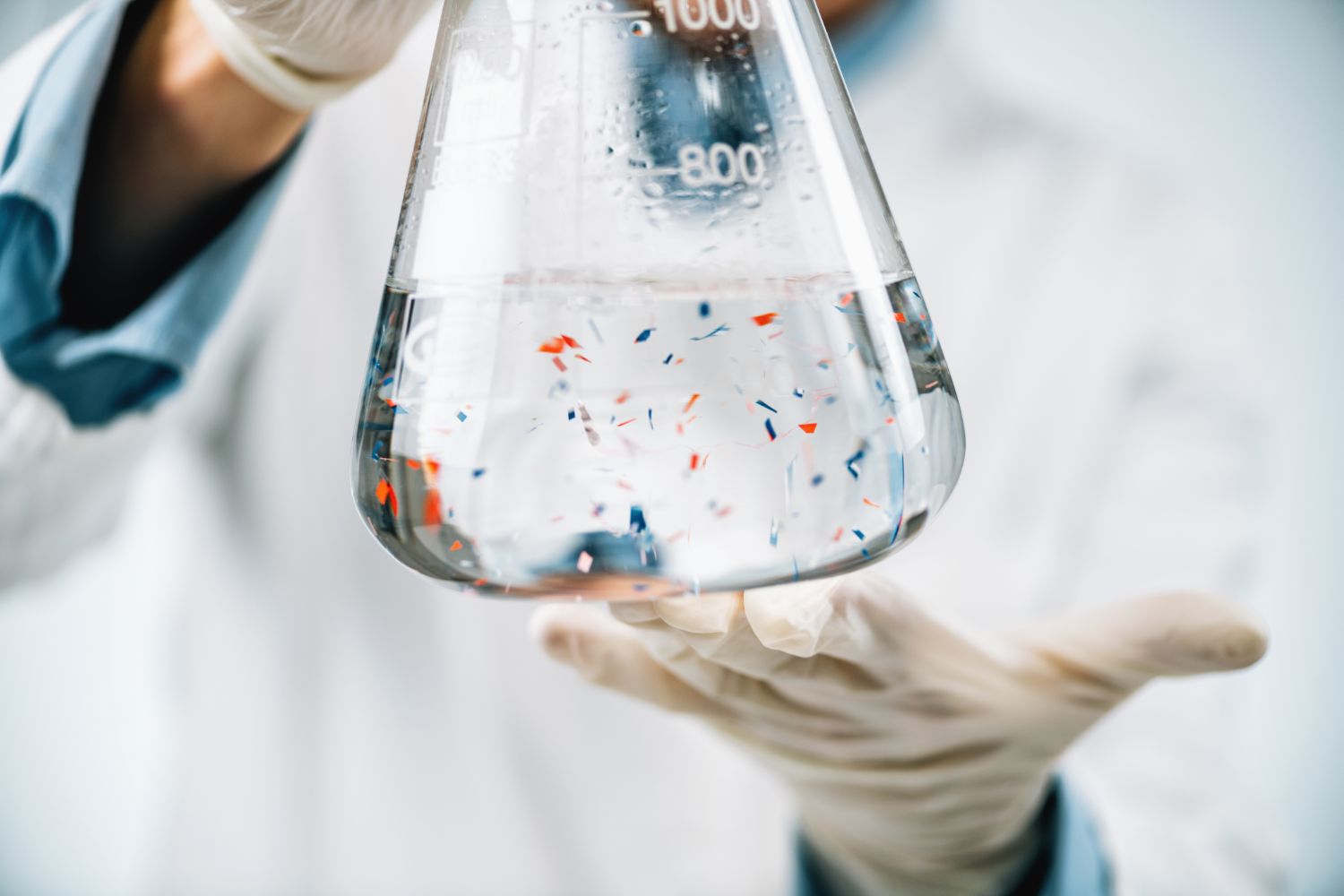In June 2004 the journal Science published a paper by Professor Richard Thompson entitled ‘Lost at Sea: Where Is All The Plastic?’. It highlighted the frightening quantity of plastic that has, over a period of decades, accumulated in our oceans.
The cosmetics industry has been no small contributor to this now widely publicized environmental catastrophe: tiny beads of polyethylene plastic have commonly been used for decades to act as gentle scrubbing agents to exfoliate in skincare products and these materials are simply washed straight into our wastewater systems.
For several years now, our teams in South Africa, Australia and the UK have been promoting biodegradable, technical alternatives to these plastics.
Of course, now that microplastics are being gradually banned, the promotion of these materials is less of an uphill battle than it used to be, which leads one to wonder why it took legislation to make an industry, so outwardly focused on ethical and environmental issues, to actually do something about this issue?
With our planet’s ecological and environmental health much more in the general public’s domain, what we use, how we use it and finally dispose of our plastics is something we are all becoming very aware of.
It is also fraught with confusion – the terms biodegradability, compostability and oxo-degradability are frequently used interchangeably but are not synonymous. Both manufacturers and end users need to have clarity on the difference in order to both accurately and honestly market the product and to ensure responsible disposal by the customer.

